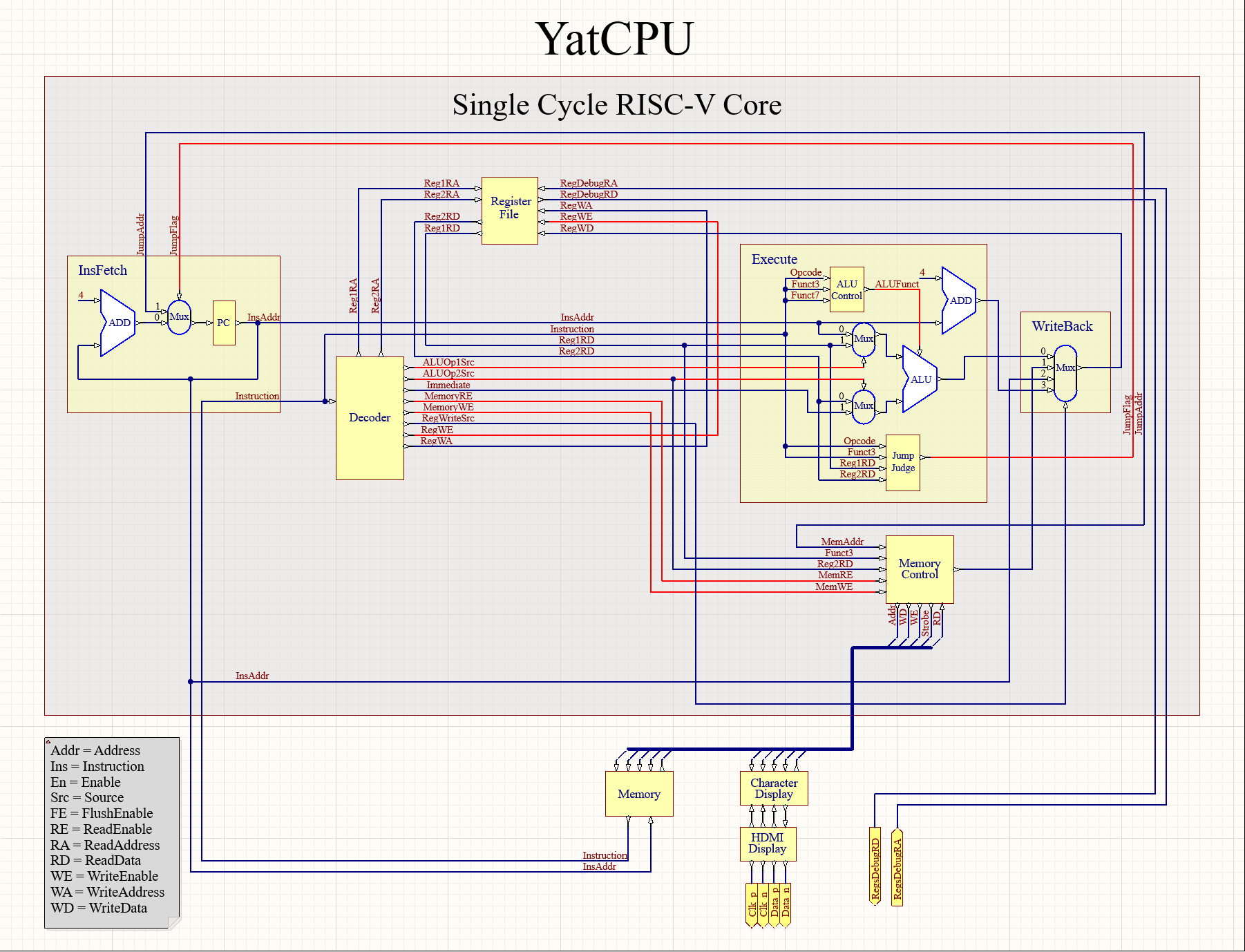Polynomial Curve
Fitting
\[
y(x,\vec w) = w_0 + w_1x + w_2x^2+\cdots+w_Mx_M =
\displaystyle\sum_{j=0}^{M}w_jx^j
\] minimize an error function that measures the misfit
between the function \(y\).
One simple choice of error function, which is widely used, is given
by the sum of the squares of the errors between the predictions \(y(x_n, \vec w)\) for each data point \(x_n\) and the corresponding target values
\(t_n\) : \[
E(\vec w) = \dfrac{1}{2}\displaystyle\sum_{n=1}^{N}[y(x,\vec w)-t_n]^2
\]
find \(\vec w^\star\) such that
\(E(\vec w)\) is as small as
possible.
choose \(M\) : model comparison
or model selection
overfitting:

RMS: \[
E_{RMS} = \sqrt{2E(\vec w^\star)/N}
\] By adopting a Bayesian approach, the
over-fitting problem can be avoided.
Indeed, in a Bayesian model the effective number of parameters adapts
automatically to the size of the data set.
regularization
\[
\tilde{E}(\vec w)= \dfrac{1}{2}\displaystyle\sum_{n=1}^{N}[y(x,\vec
w)-t_n]^2 + \dfrac{\lambda}{2}\lVert\vec w\rVert^2
\] the coefficient \(\lambda\)
governs the relative importance of the regularization term compared with
the sum-of-squares error term.
Also known as ridge regression.
Bayesian
Probabilities
\[
p(\mathbf {w}|\mathcal{D})=\dfrac{p(\mathcal{D}|\mathbf w)p(\mathbf
w)}{p(\mathcal D)}
\]
\[
p(\mathcal D) = \int p(\mathcal{D}|\mathbf w)p(\mathbf w)\mathrm d
\mathbf w
\]
\[
\text{posterprior}\varpropto \text{likelihood}\times \text{prior}
\] Maximum Likelihood : choose \(\mathbf w\) to maximize \(p(\mathcal D|\mathbf w)\), error
function with negative log.



